Description
Broadford: a Regional History was first published in 1975 and it has been long out of print. This new issue contains the original text, but a new section has been added on the earliest settlers and the listing of Shire Councillors has been updated to the time of the amalgamation of Broadford with three other surrounding shires, Kilmore, Pyalong and Seymour, to form the new Shire of Mitchell in 1994.
Broadford, in central Victoria, abuts the Hume Freeway seventy-two kilometers north of Melbourne. The region was originally inhabited by members of the Nerboolok Clan as a part of the Tangerang People of the Kulin Nation. Europeans crossed from Tasmania and overland from Sydney in the late 1830s to establish district pastoral runs and the settlement of Broadford became established, at a crossing of Sunday Creek, on the Melbourne to Sydney route. It is believed to have been named for Broadford of the Isle of Skye.
The Broadford Road District was formed in 1869 and the Shire was created in 1874. The district encompasses the hamlets of Strath Creek, in a picturesque fertile valley, and Reedy Creek, an early gold mining center in hilly terrain. Added to these are the districts of Clonbinane, Glenaroua, Glenburnie, Sunday Creek and Tyaak and the vast forests of the Tallarook Ranges and Mount Disappointment which sustained logging and sawmilling for more than fifty years.
This history has been written by many people, a number of them past and current members of the Broadford and District Historical Society. Research projects have been included, along with detailed and colourful reminiscences.
The late Gavin Crowl contributed a section on the district’s natural history, its geology and its fossils, along with it diverse fauna and flora. John Zwar in his 1935 notes recalls the Puckapunyal Mob of the Taungurung People and the exploits of bushranger Harry Power. Jean Lade adds notes on Strath Creek, with a time line, and Hugh Reid recalls some of the characters of Reedy Creek.
Other sections include: the Road District and Shire; the Schools; the Churches; and the Broadford Militia Regiment which provided a significant contingent for the 1899-1902 Boer War. Industries such as the longrunning and influential Paper Millm Wool Scour and Victory Bakery are worthy mentions, as are the now defunct Lloyd Bros Tannery, the Broadford Butter Factory, and Broadford Courier newspaper. Other segments on local organisations, including sporting and service groups, round out the story of ‘community’.
The book concludes with a series of family histories, mostly written by family members, which detail most of the early settler families which contributed significantly to the development of the town and region.
Paperback, 252pp, 2023



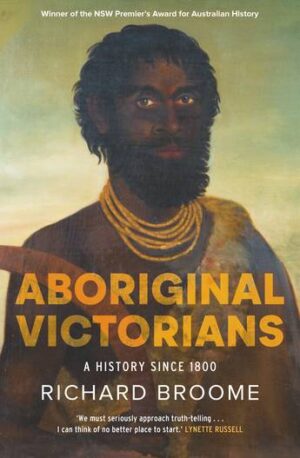

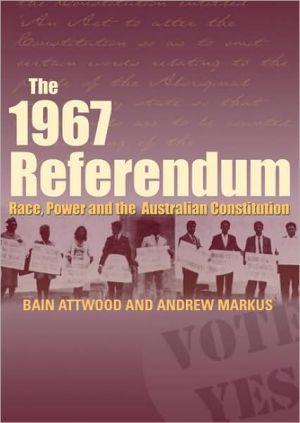


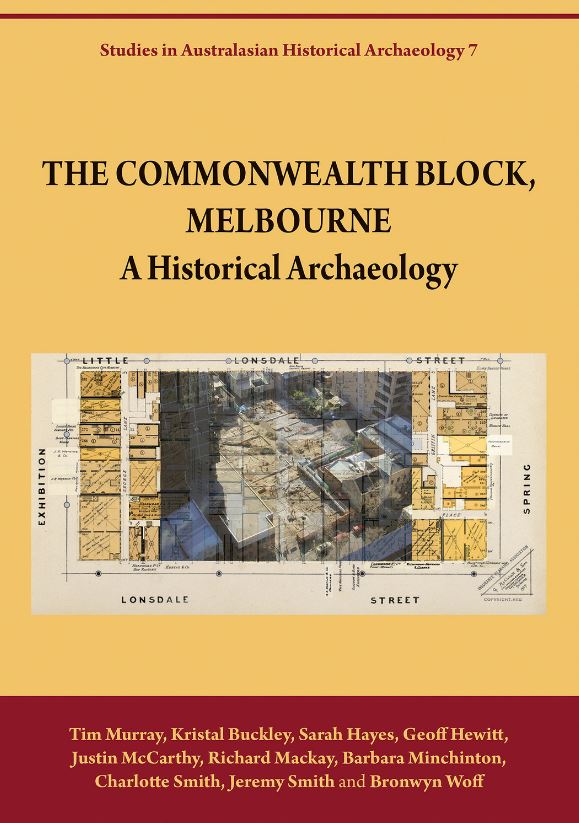
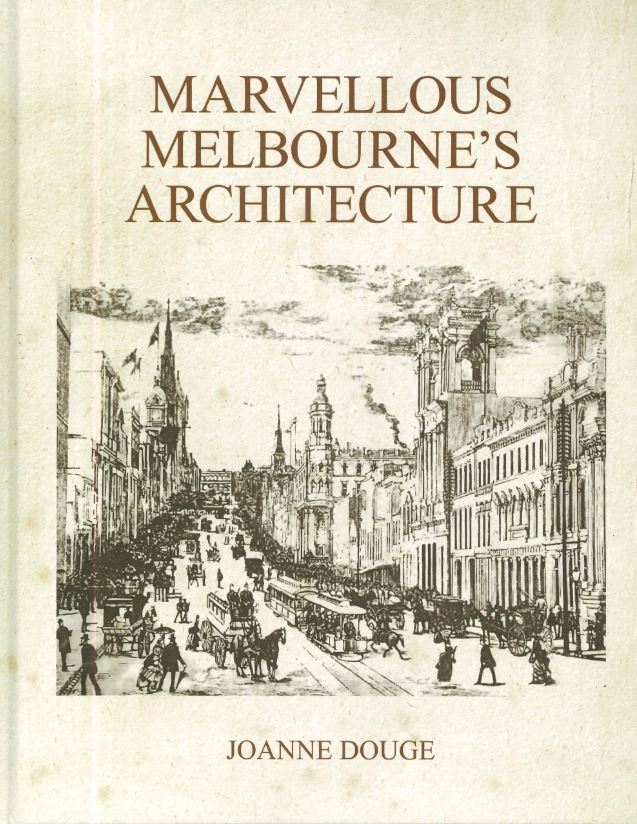
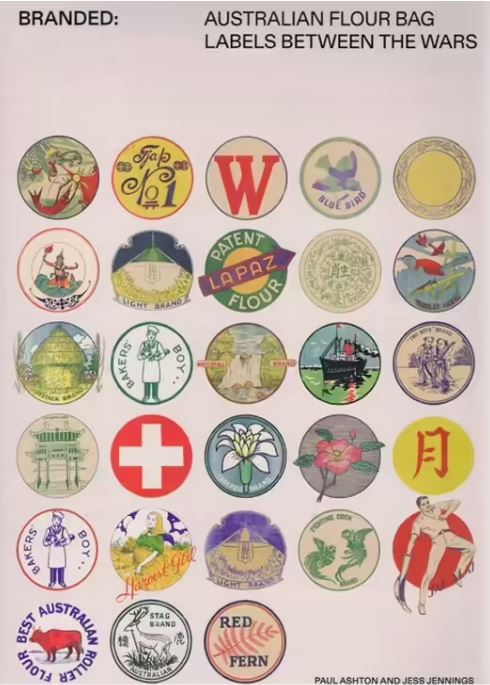
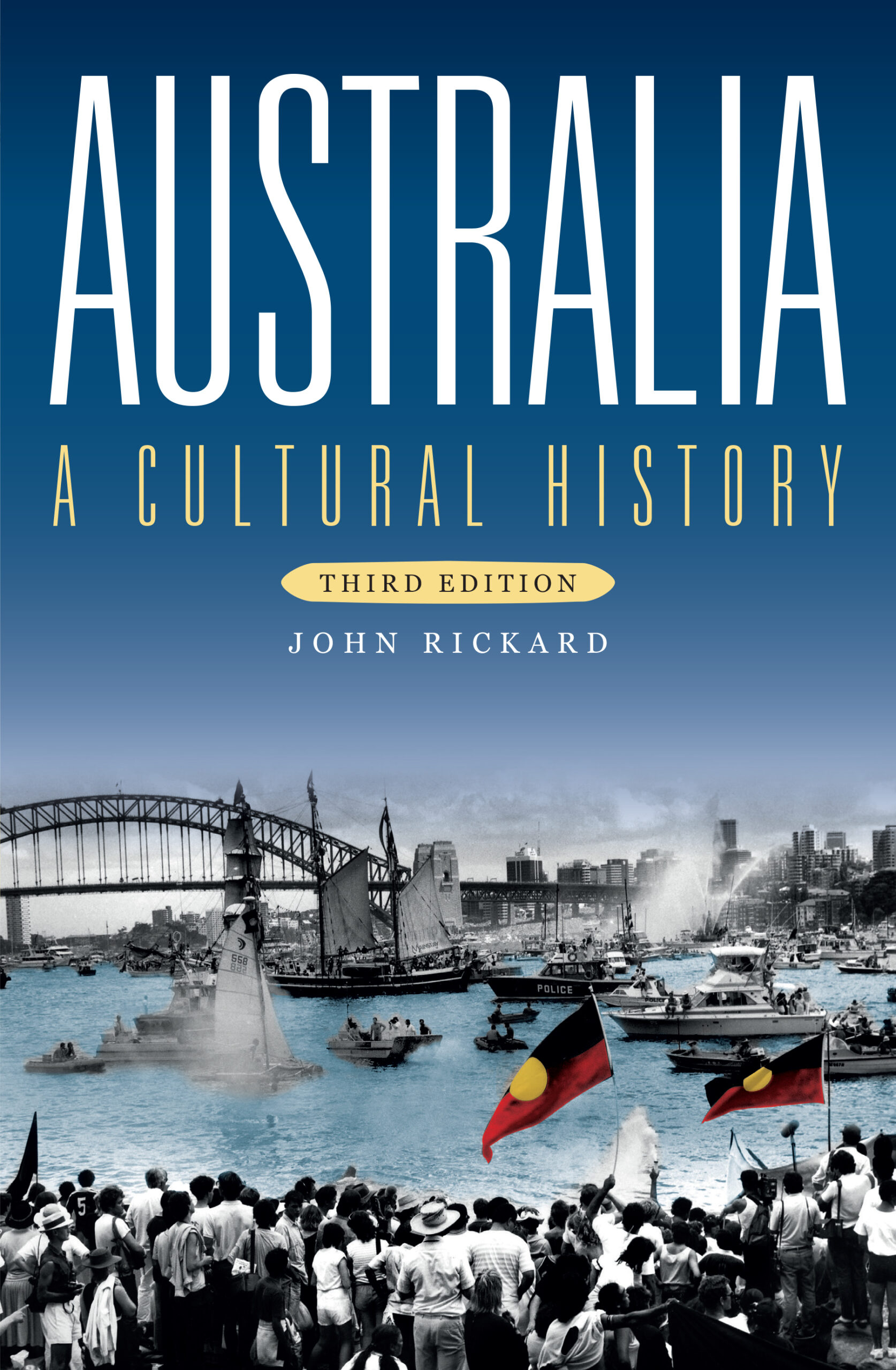
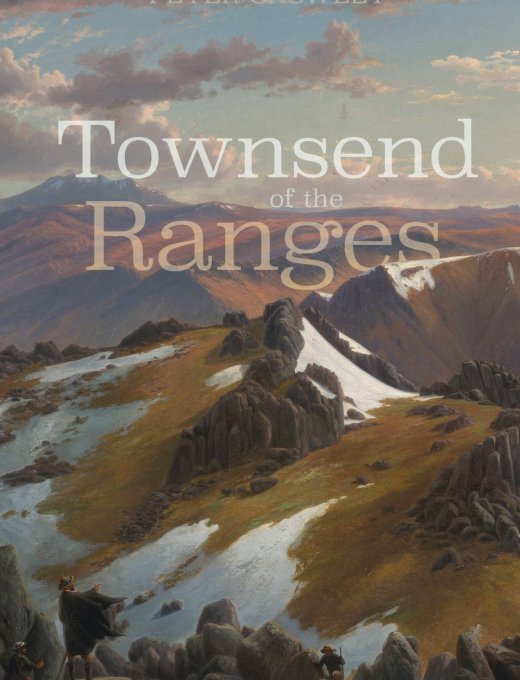

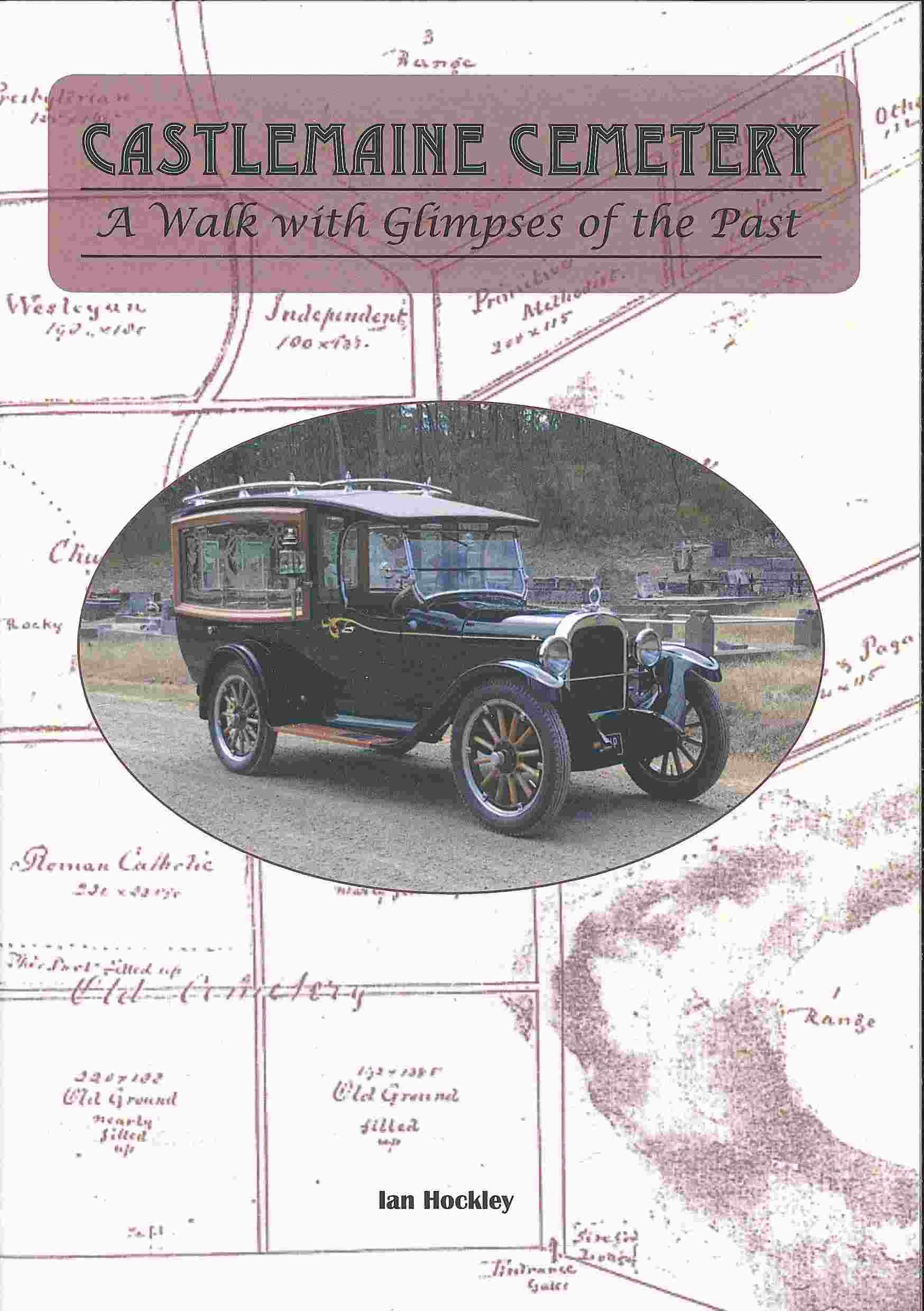

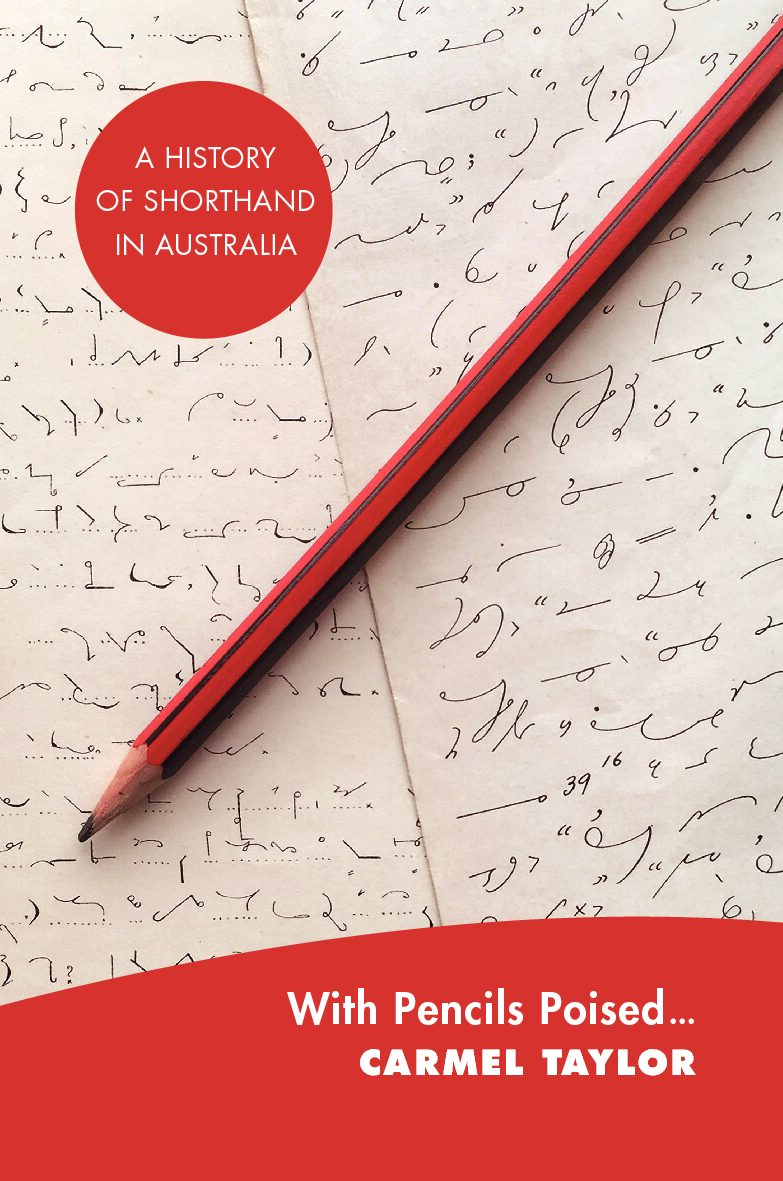
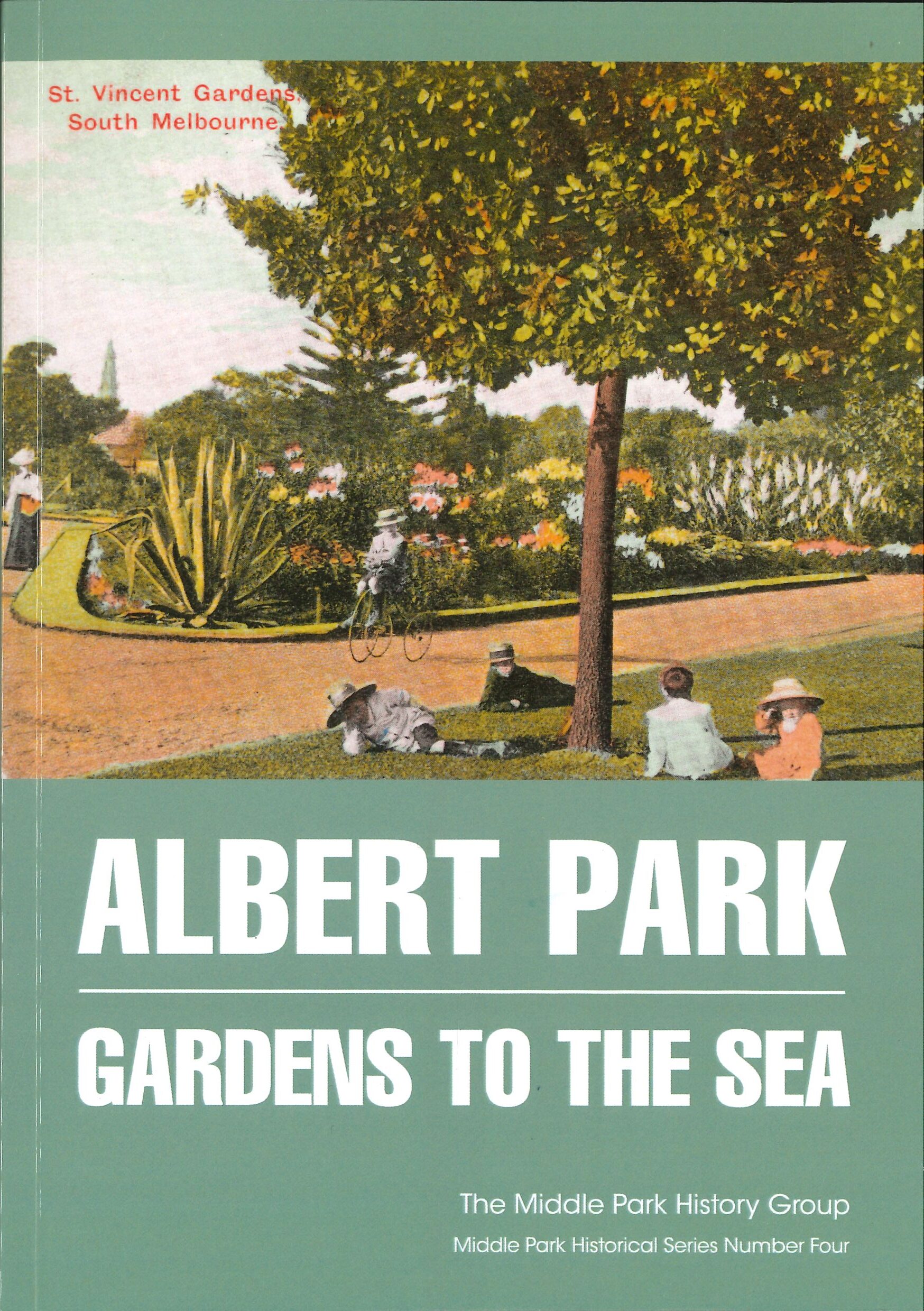

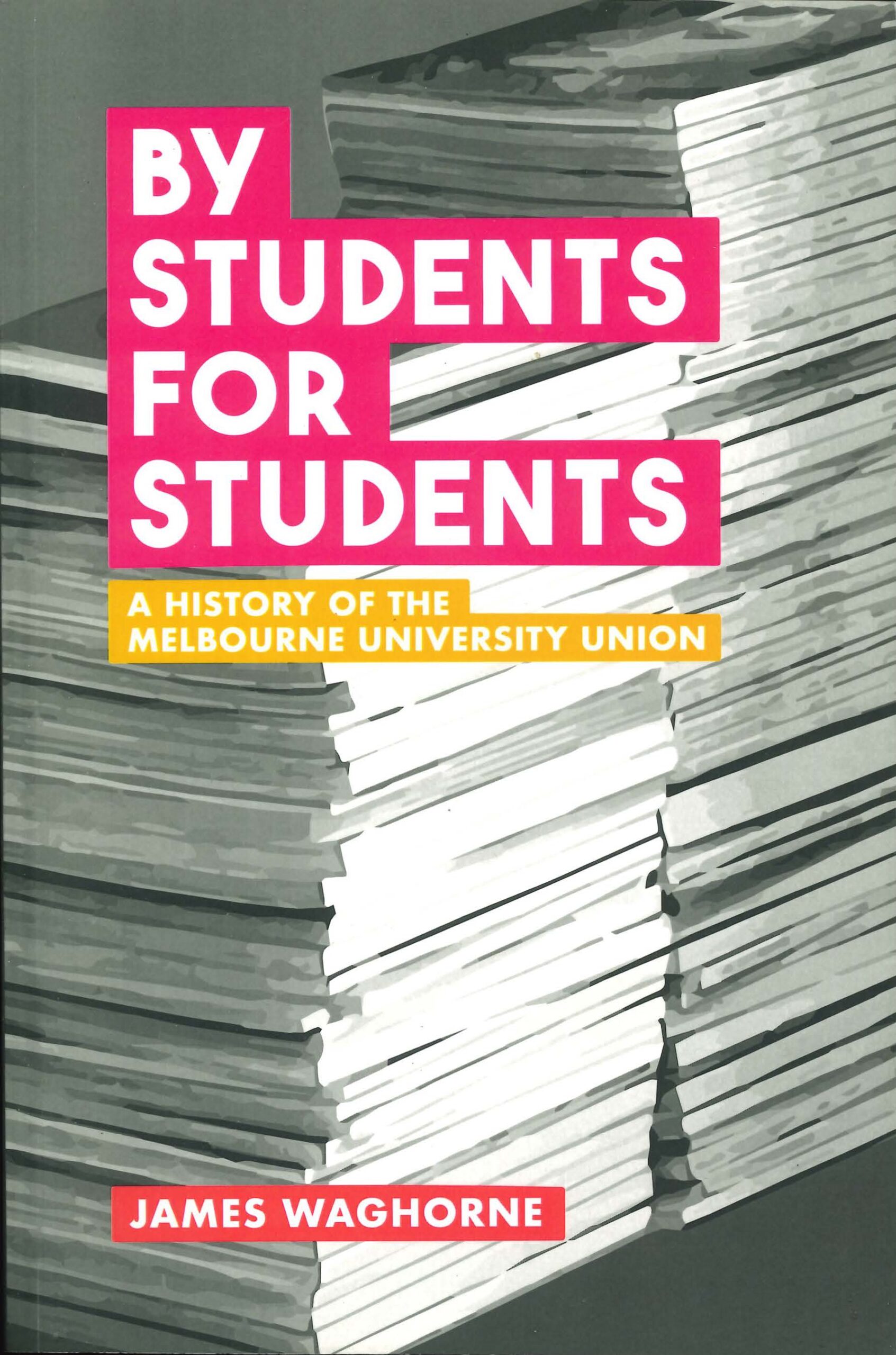

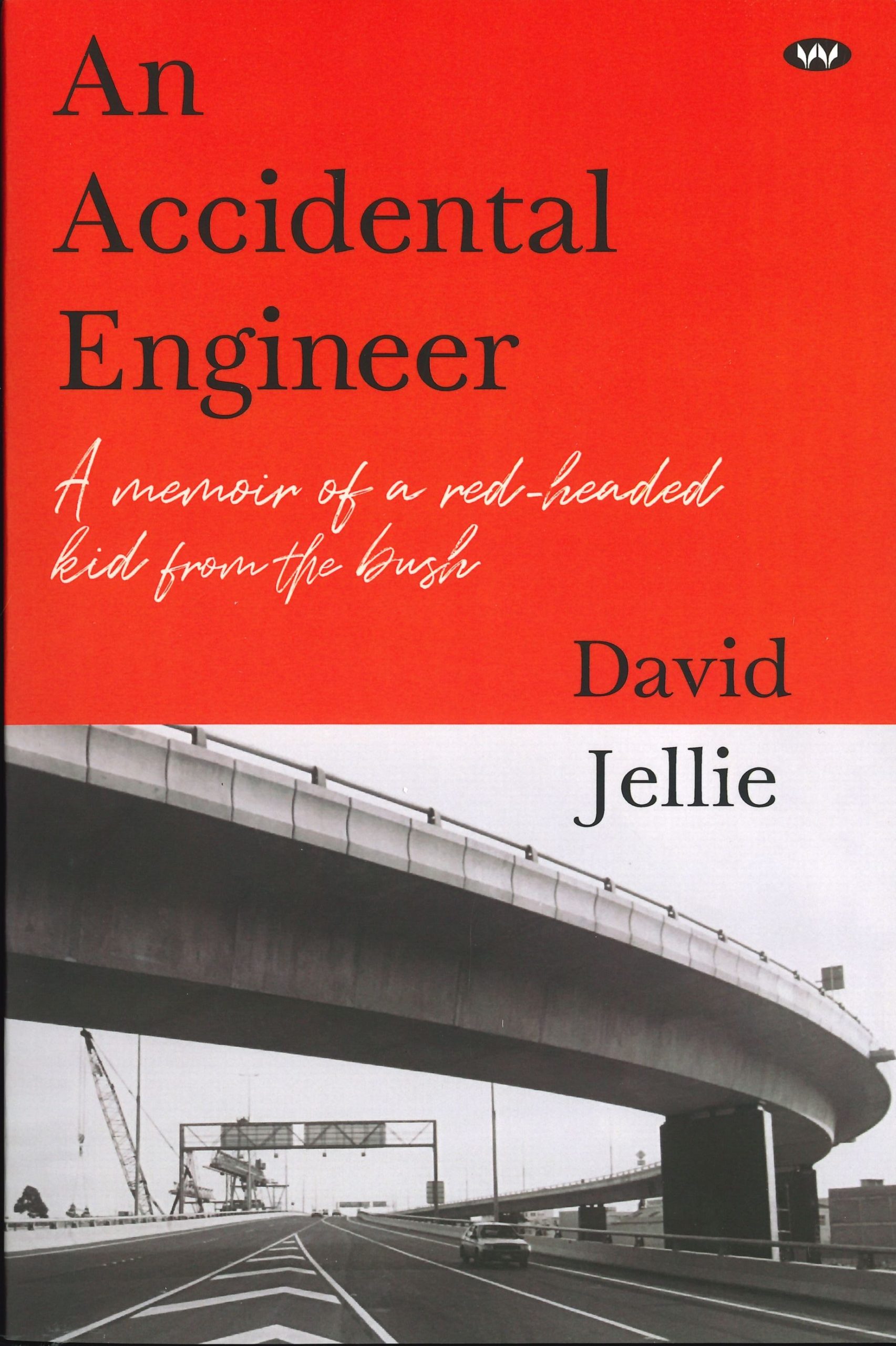


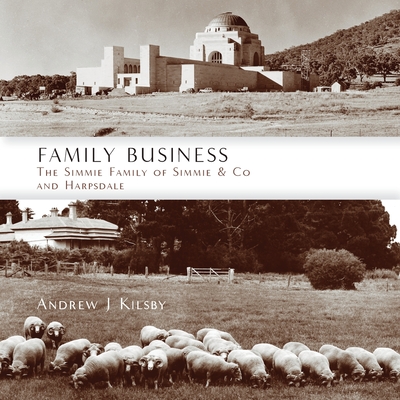
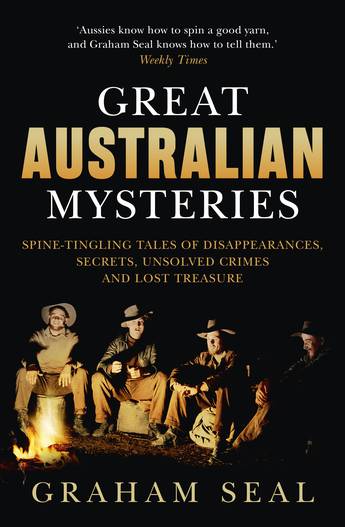


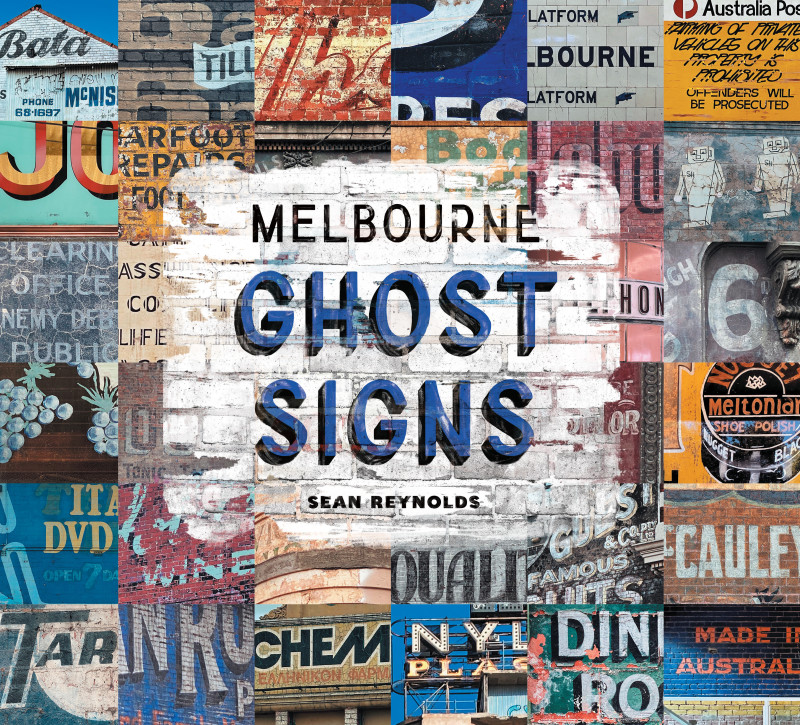

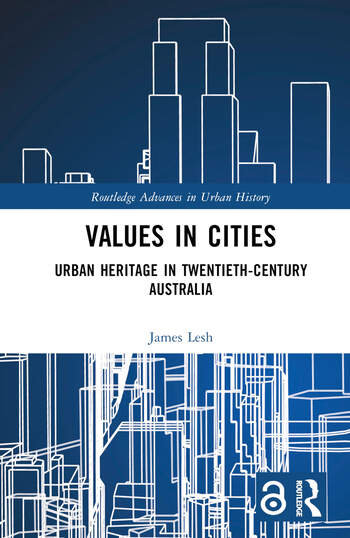
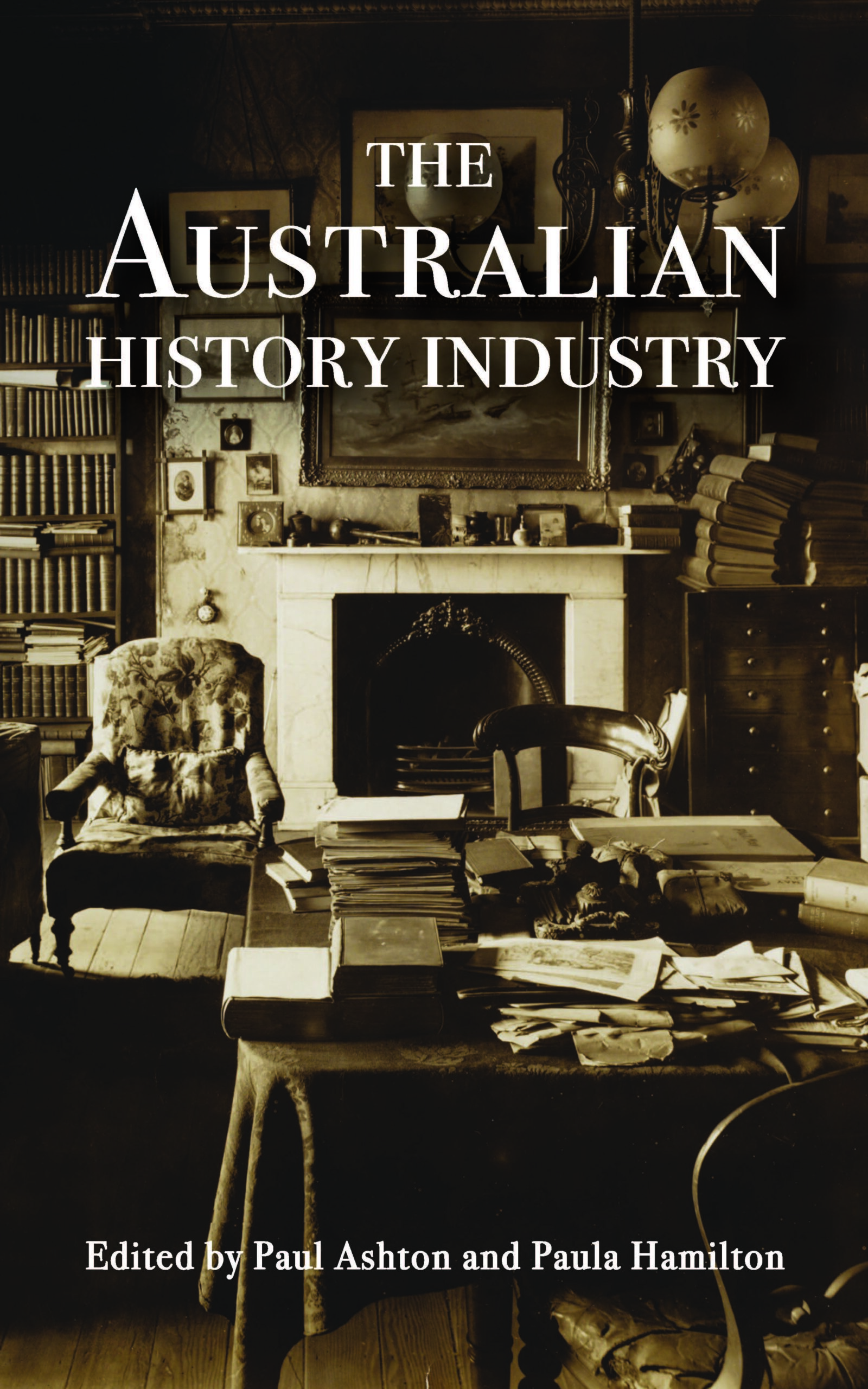
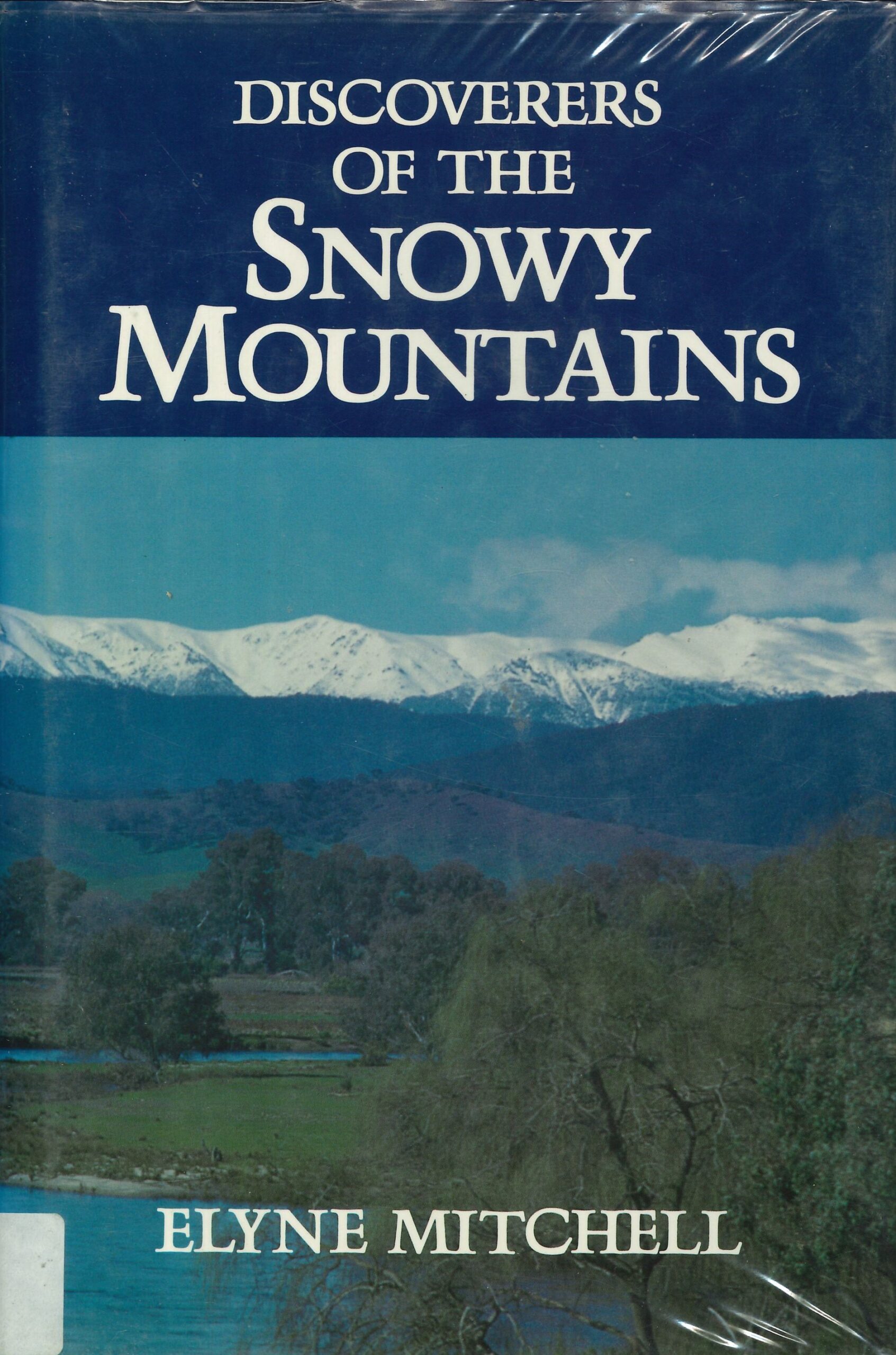
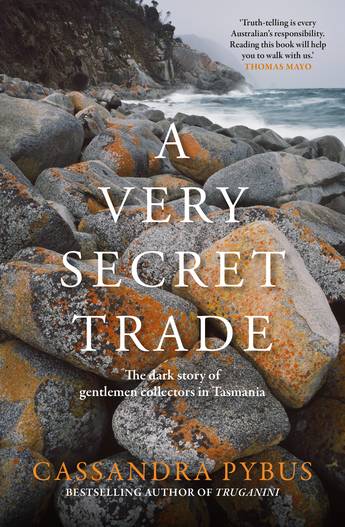
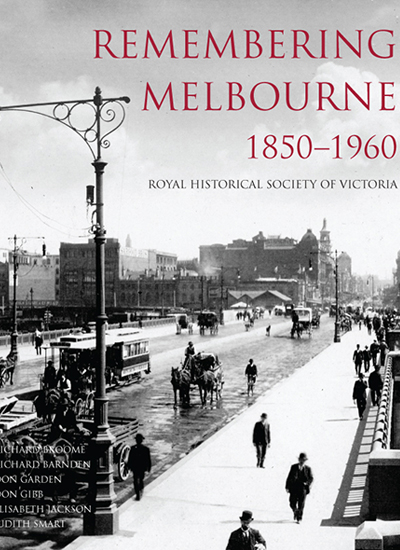
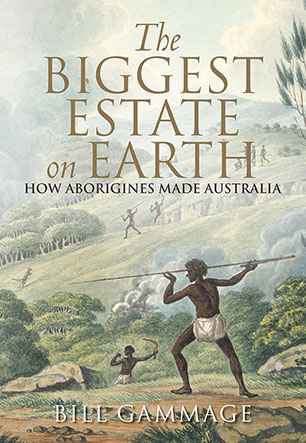
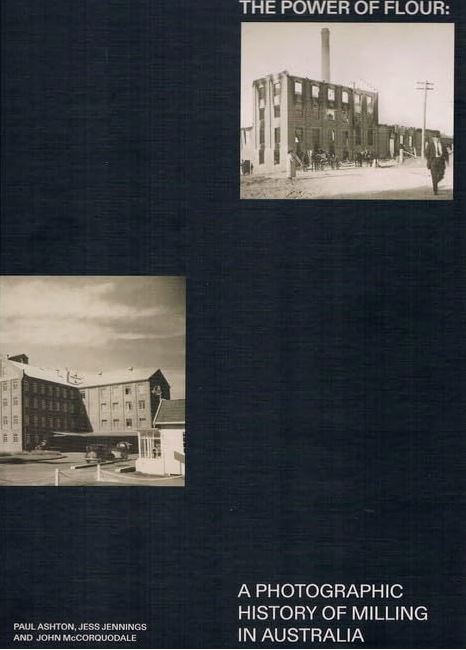
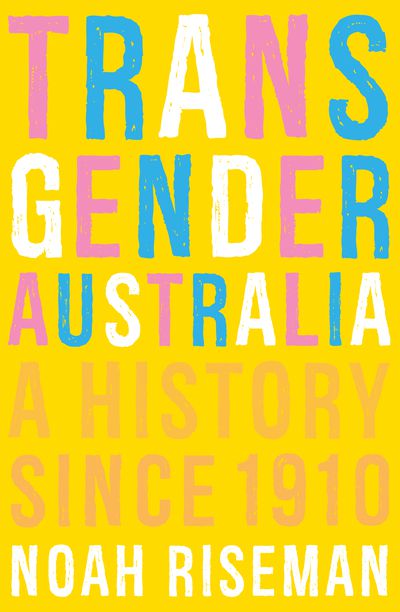







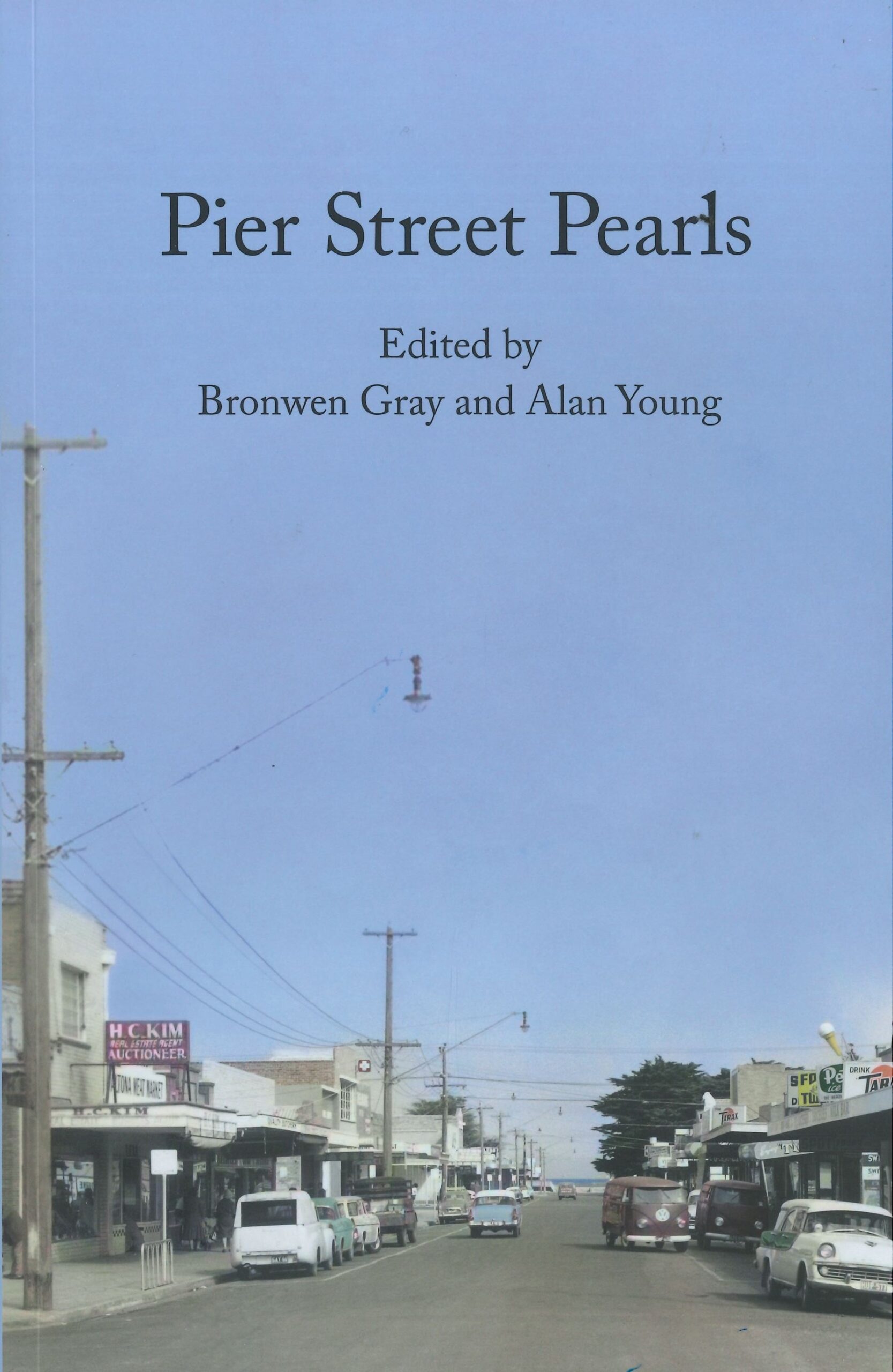
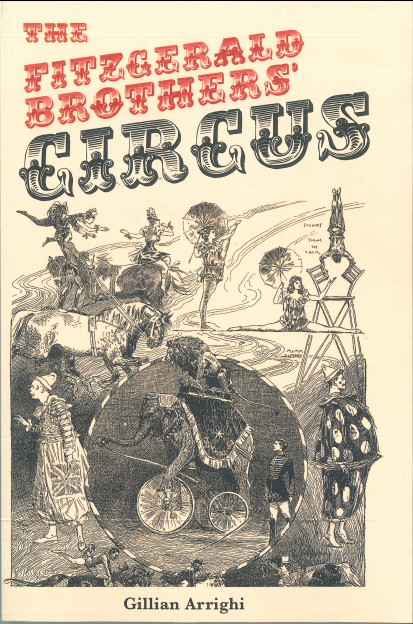


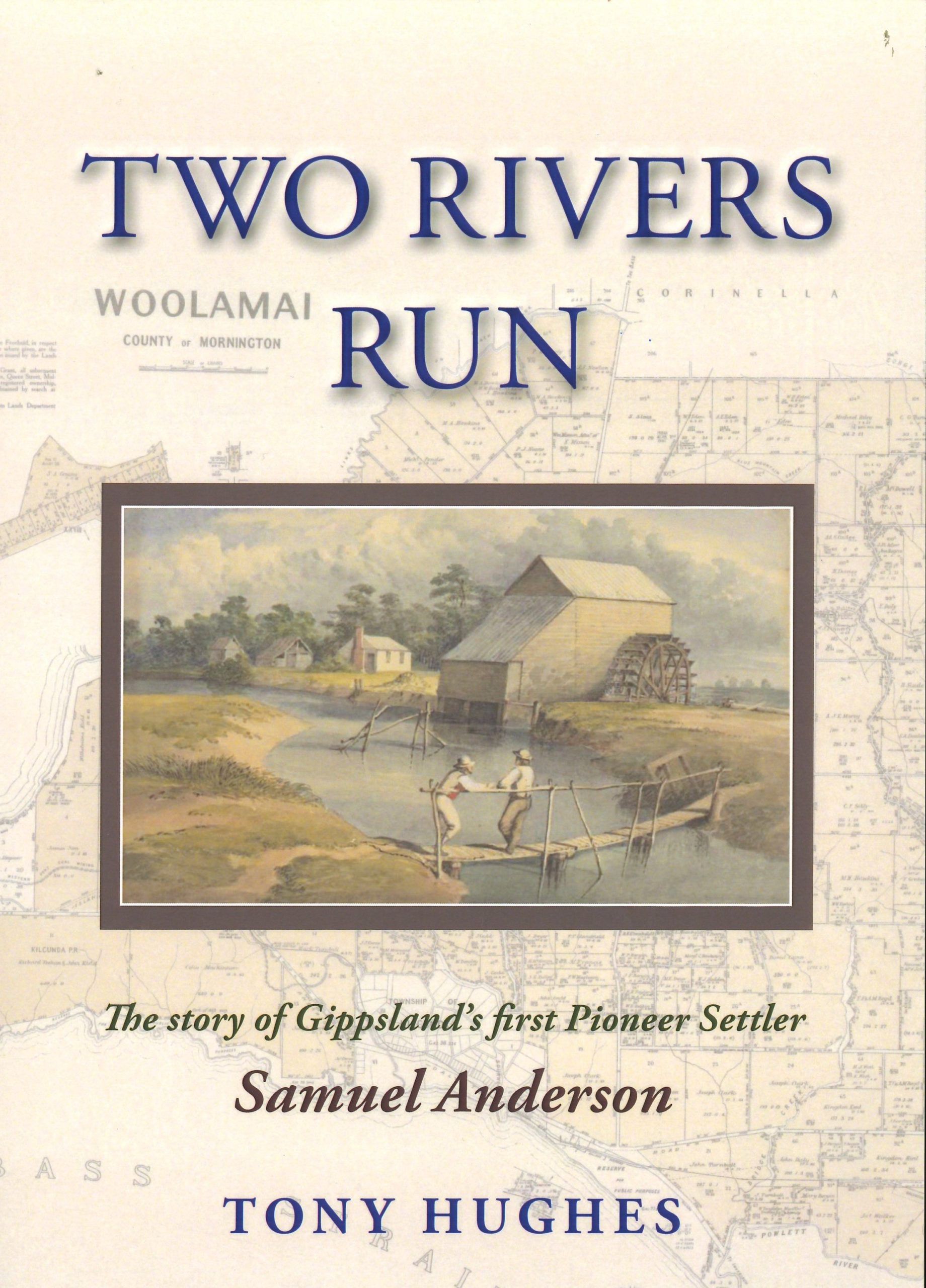
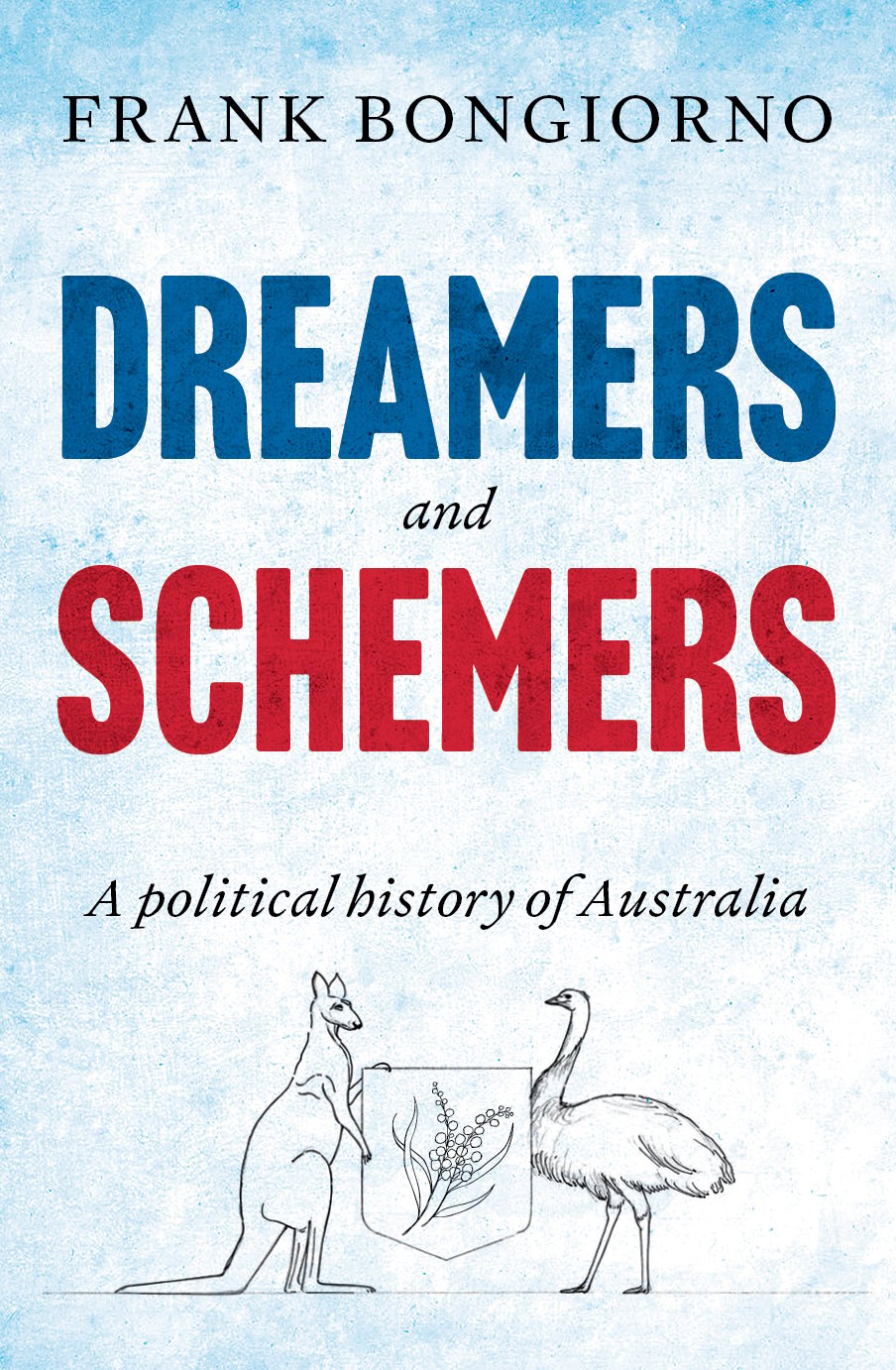

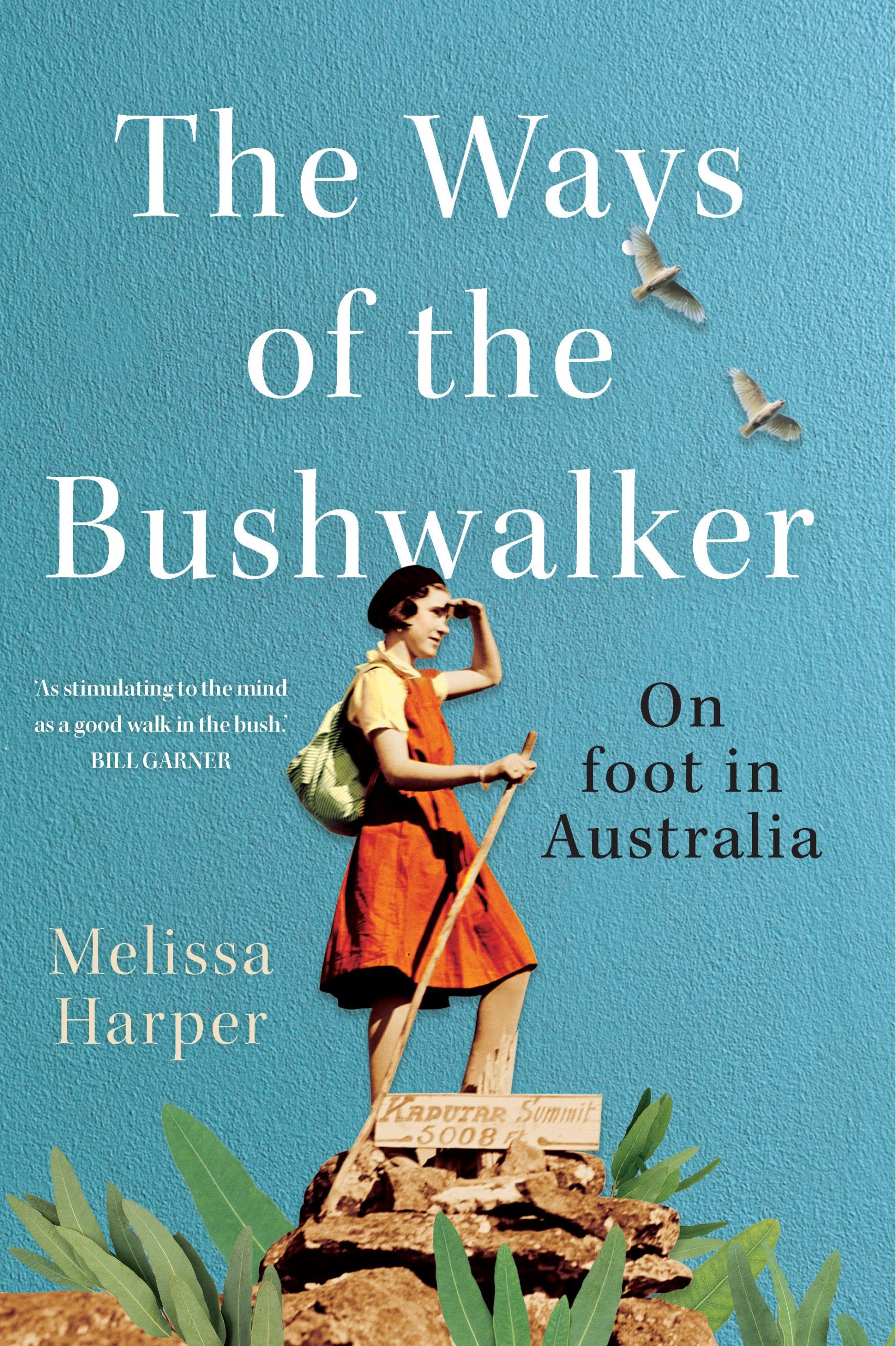
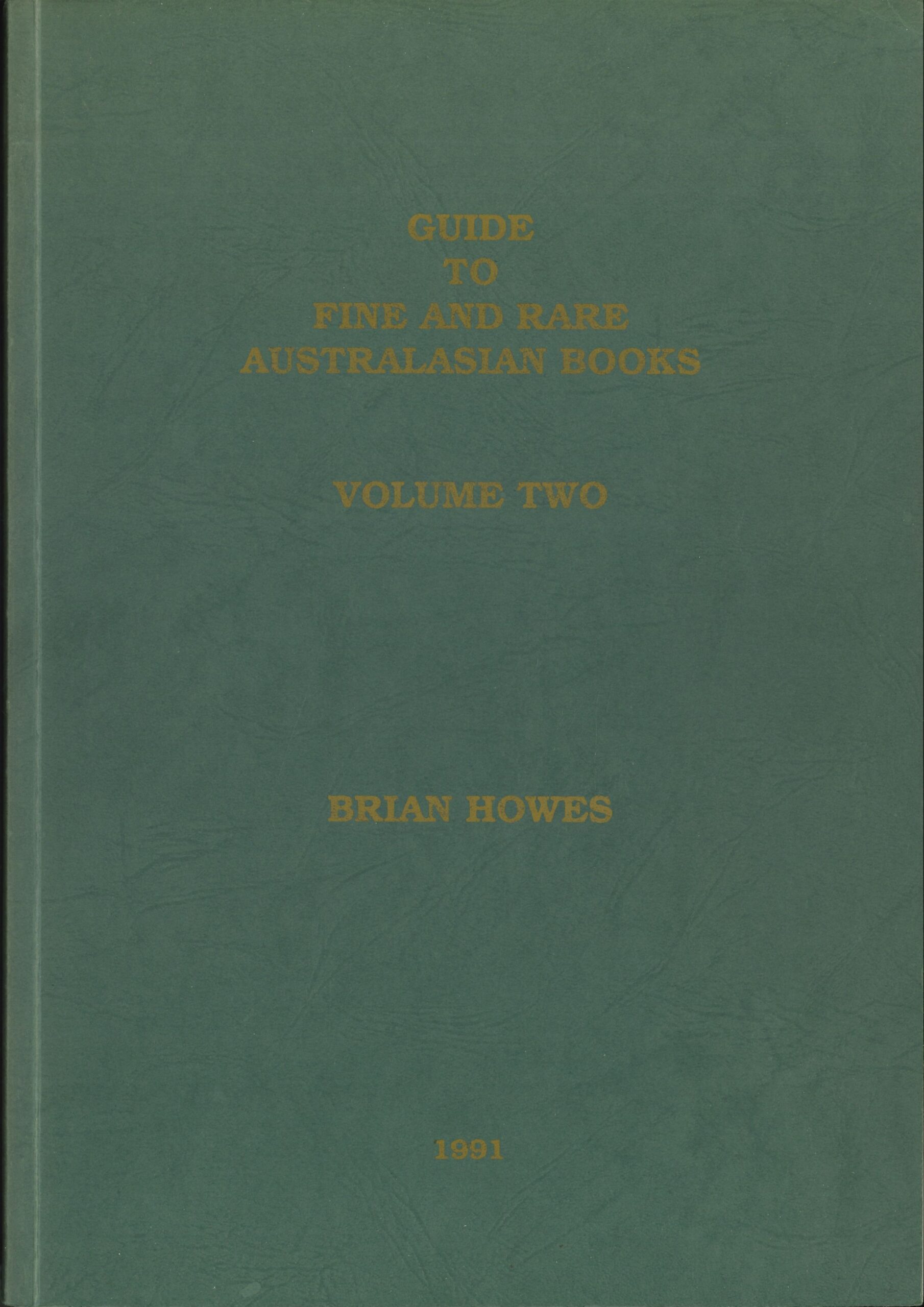
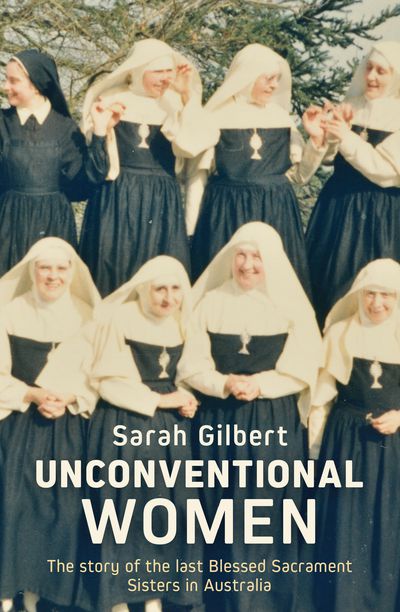
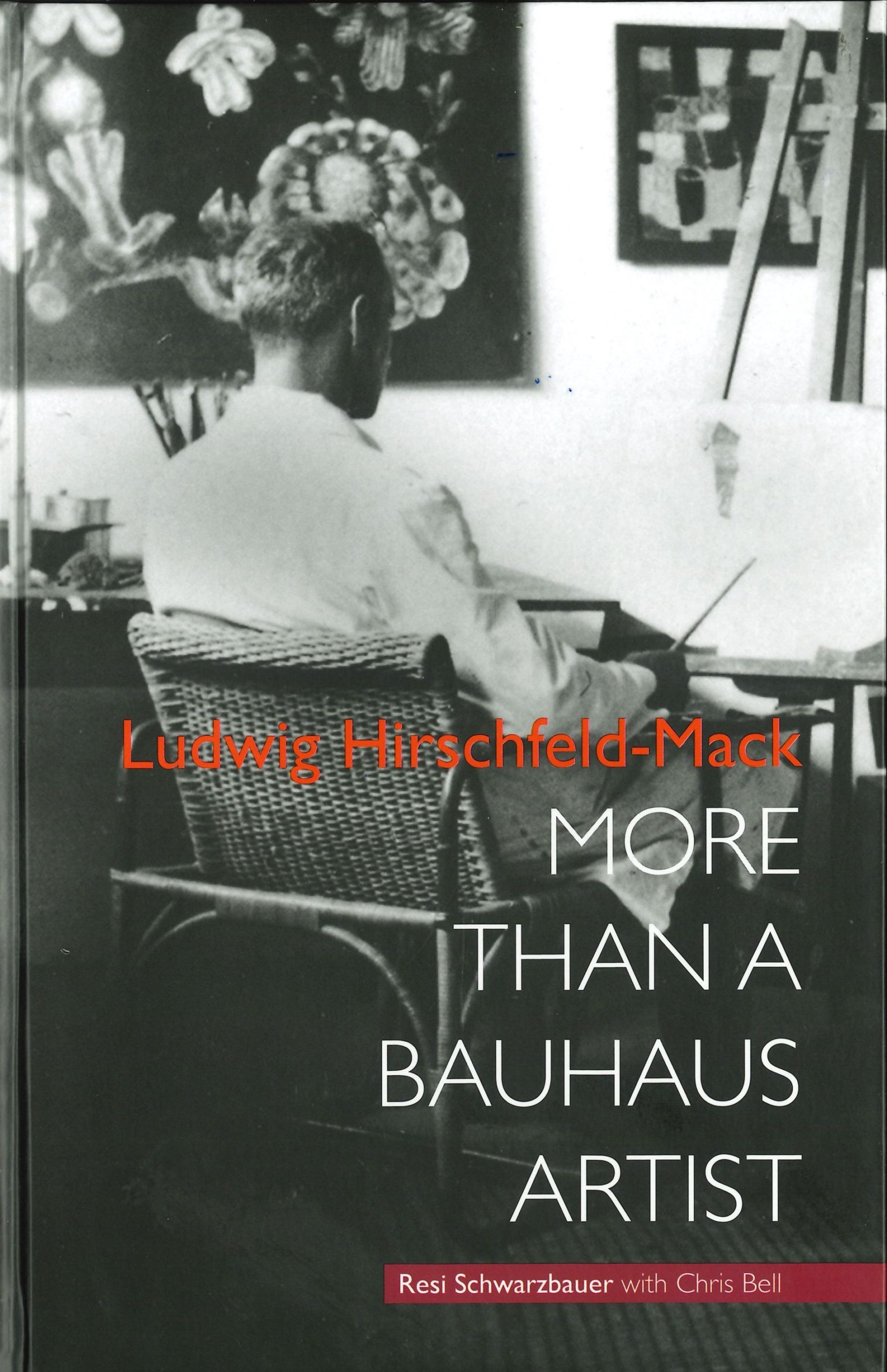
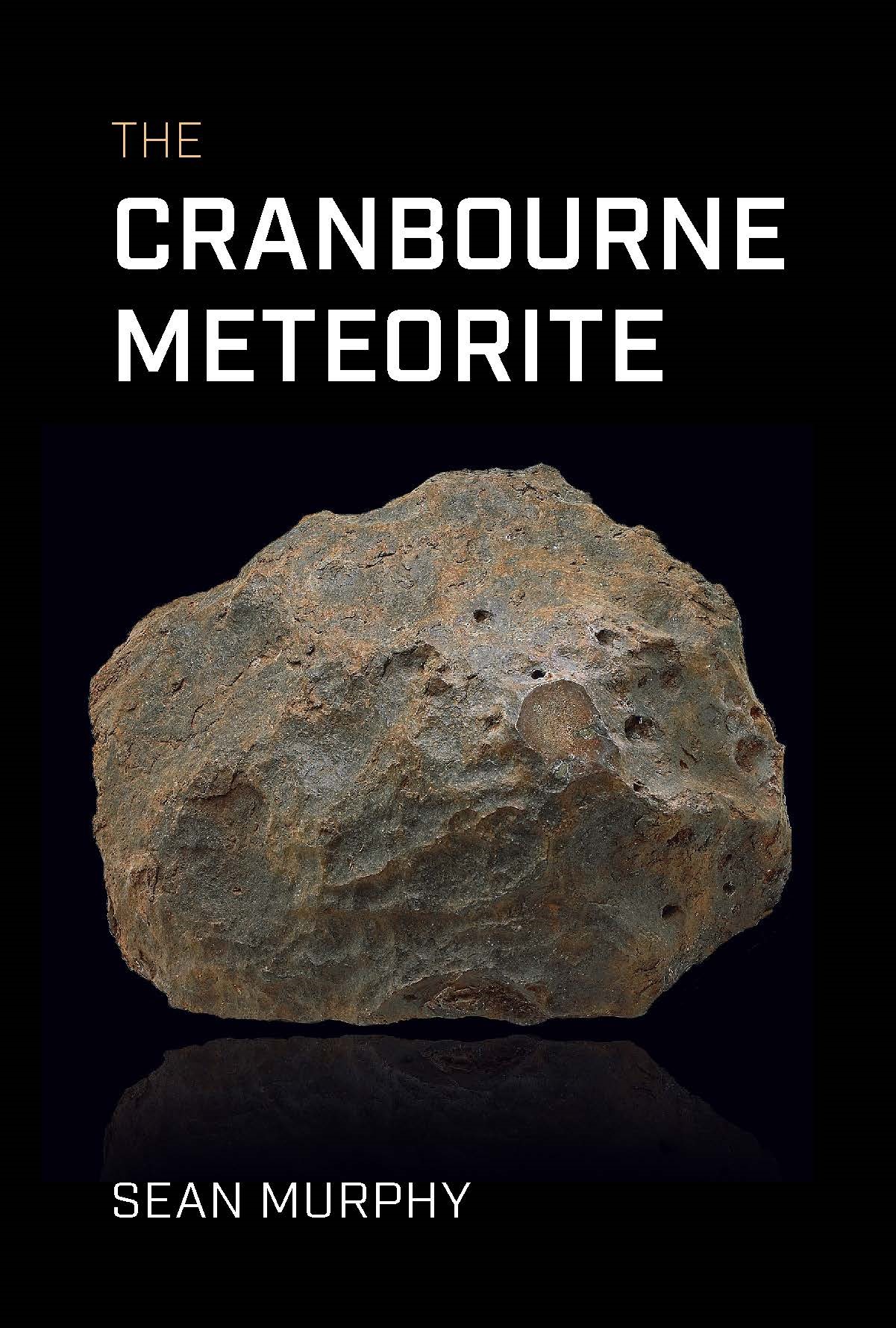




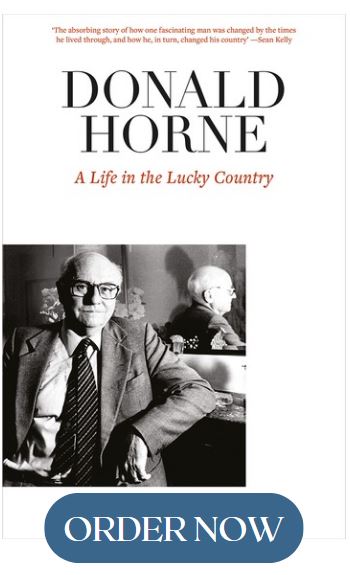
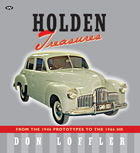


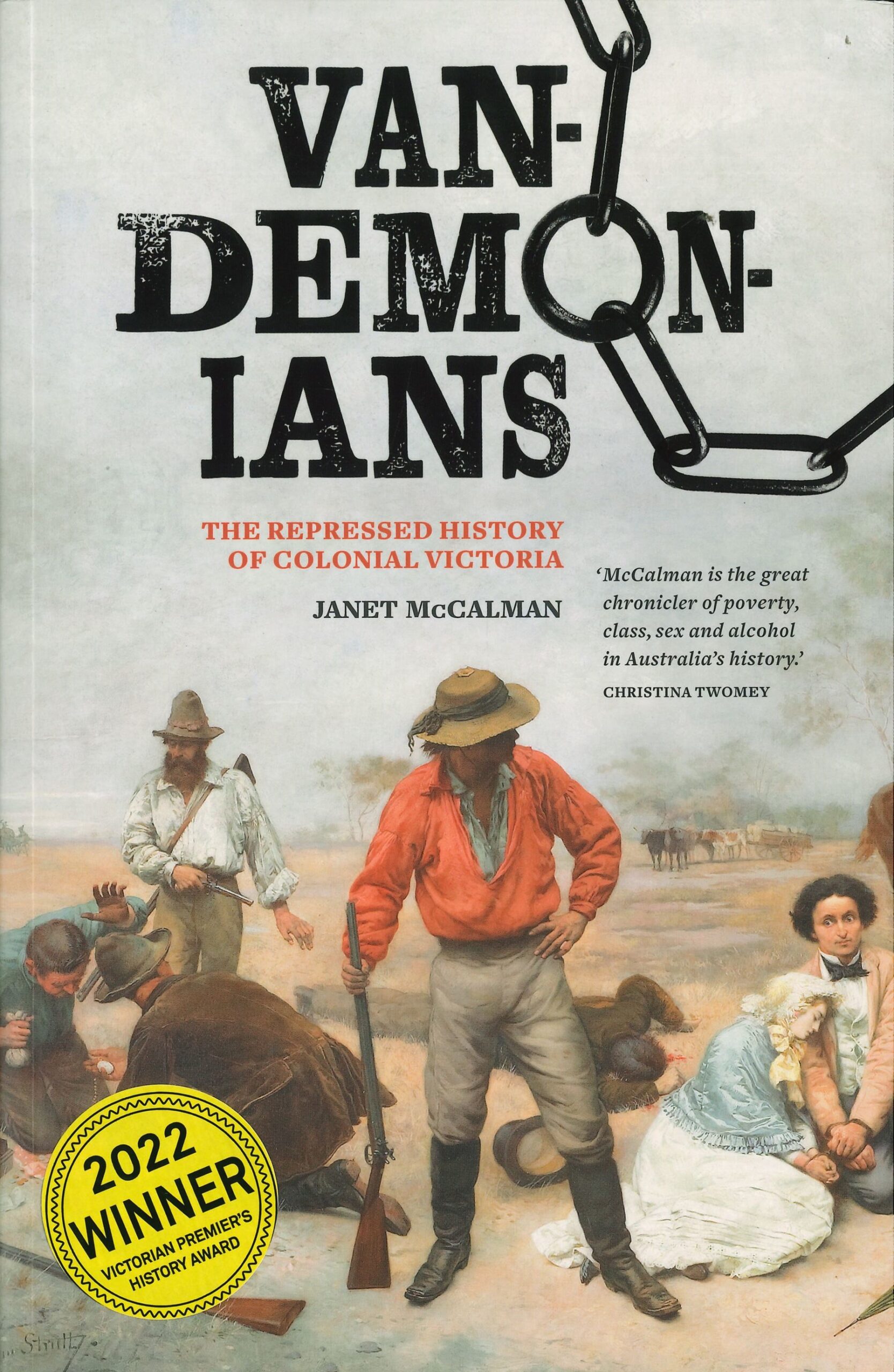
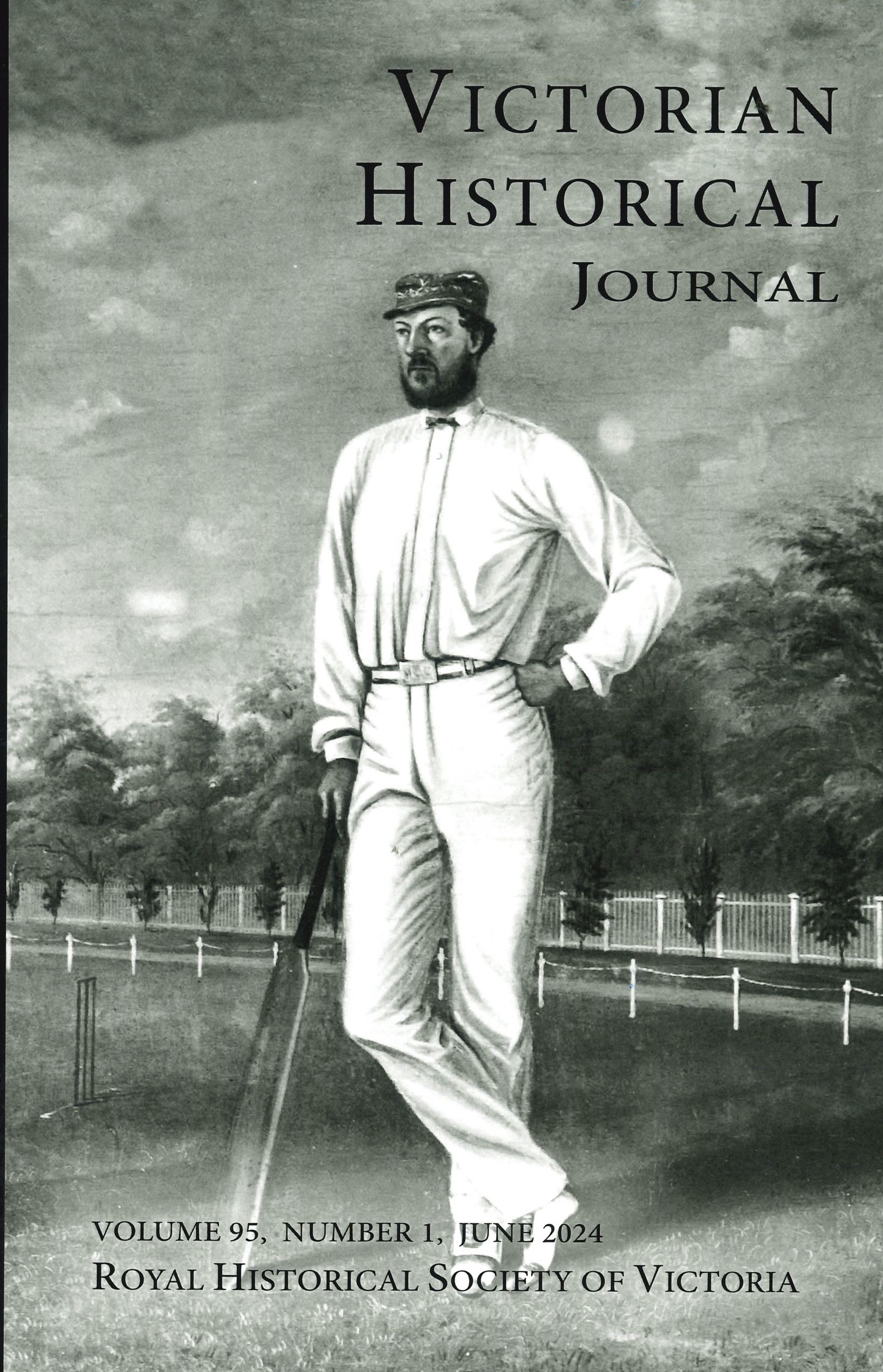


 239 A'Beckett Street Melbourne, Victoria, 3000
239 A'Beckett Street Melbourne, Victoria, 3000  03 9326 9288
03 9326 9288  office@historyvictoria.org.au
office@historyvictoria.org.au  Office & Library: Weekdays 9am-5pm
Office & Library: Weekdays 9am-5pm


Book Reviews Reviews
There are no reviews yet.